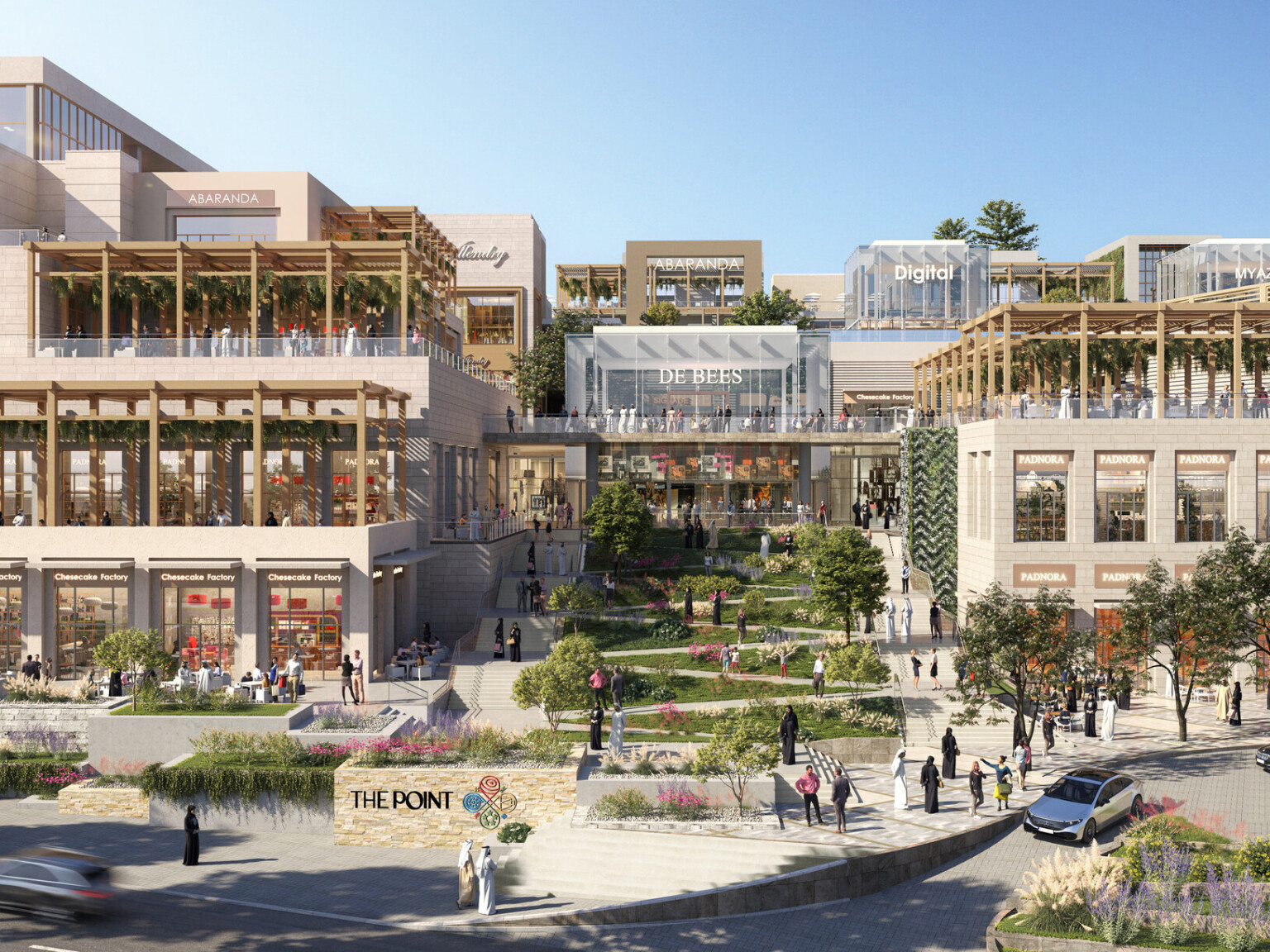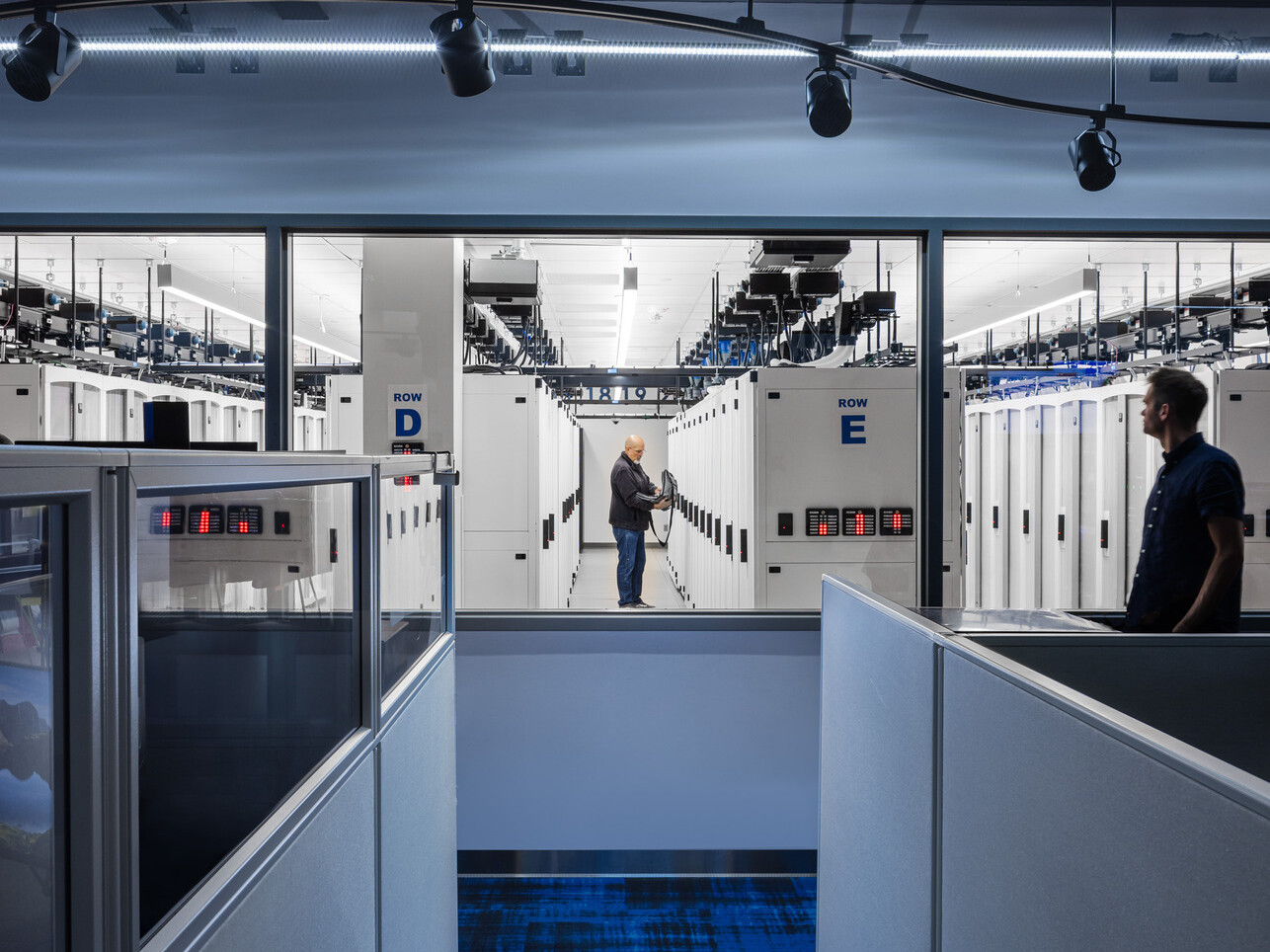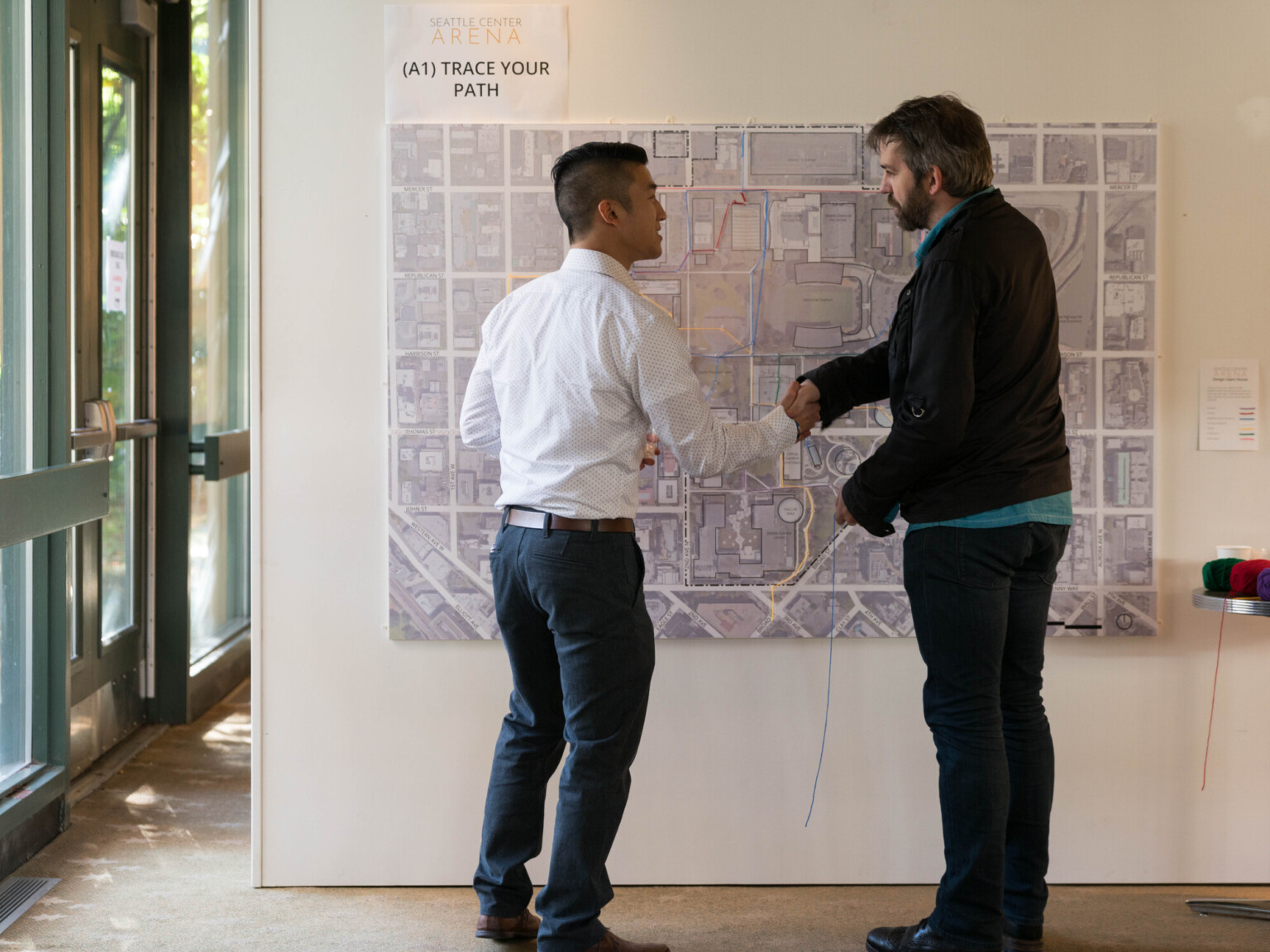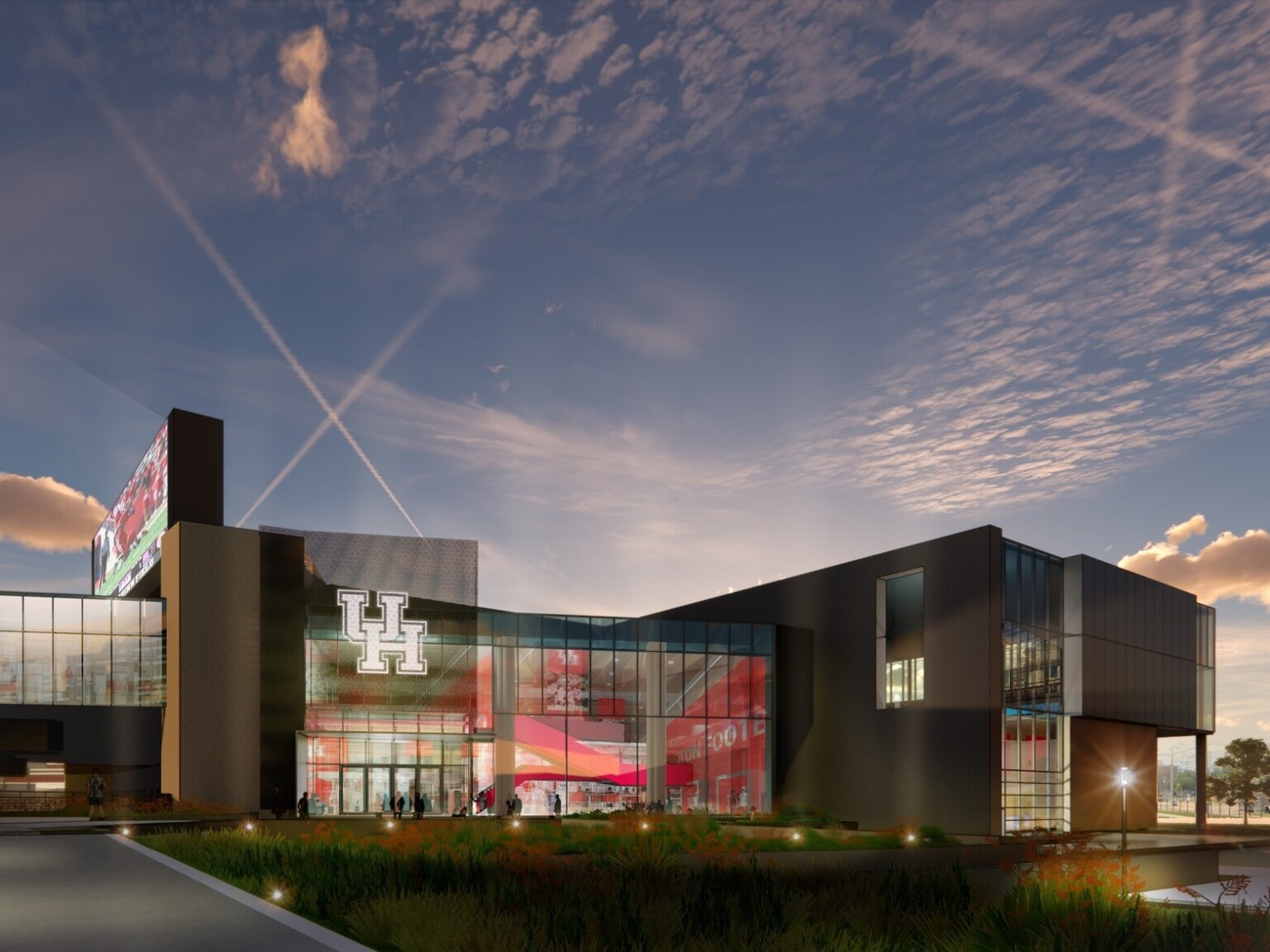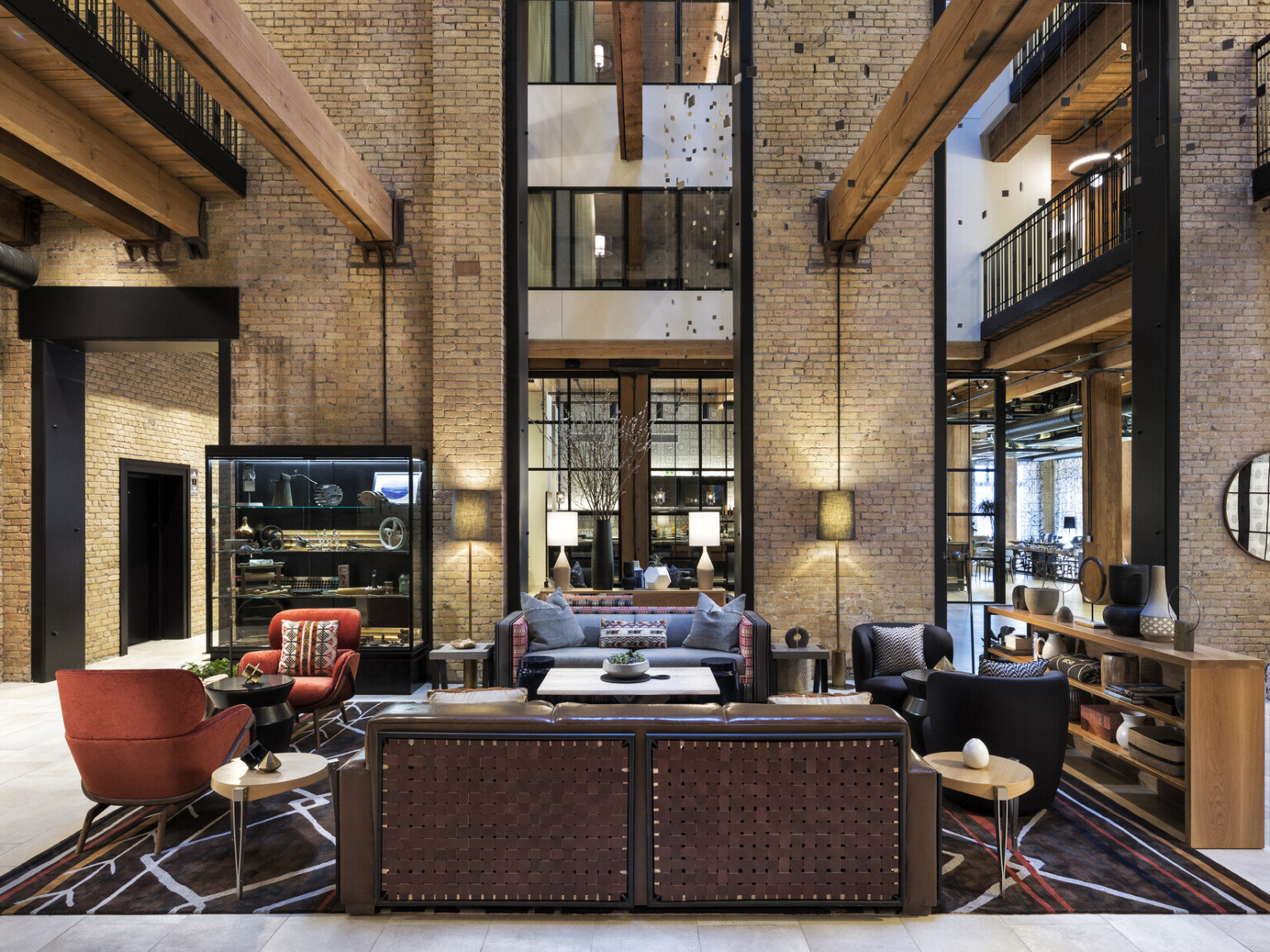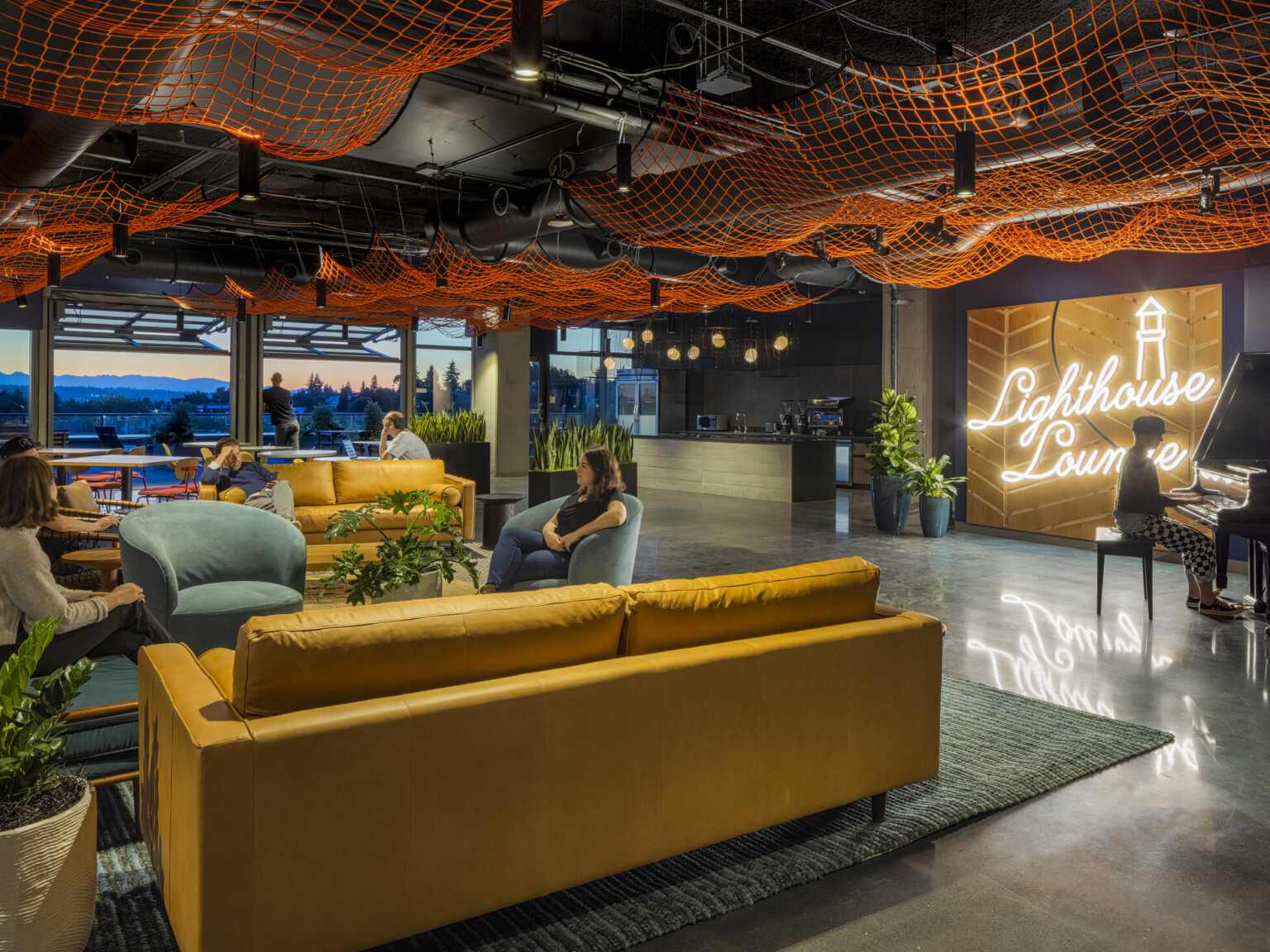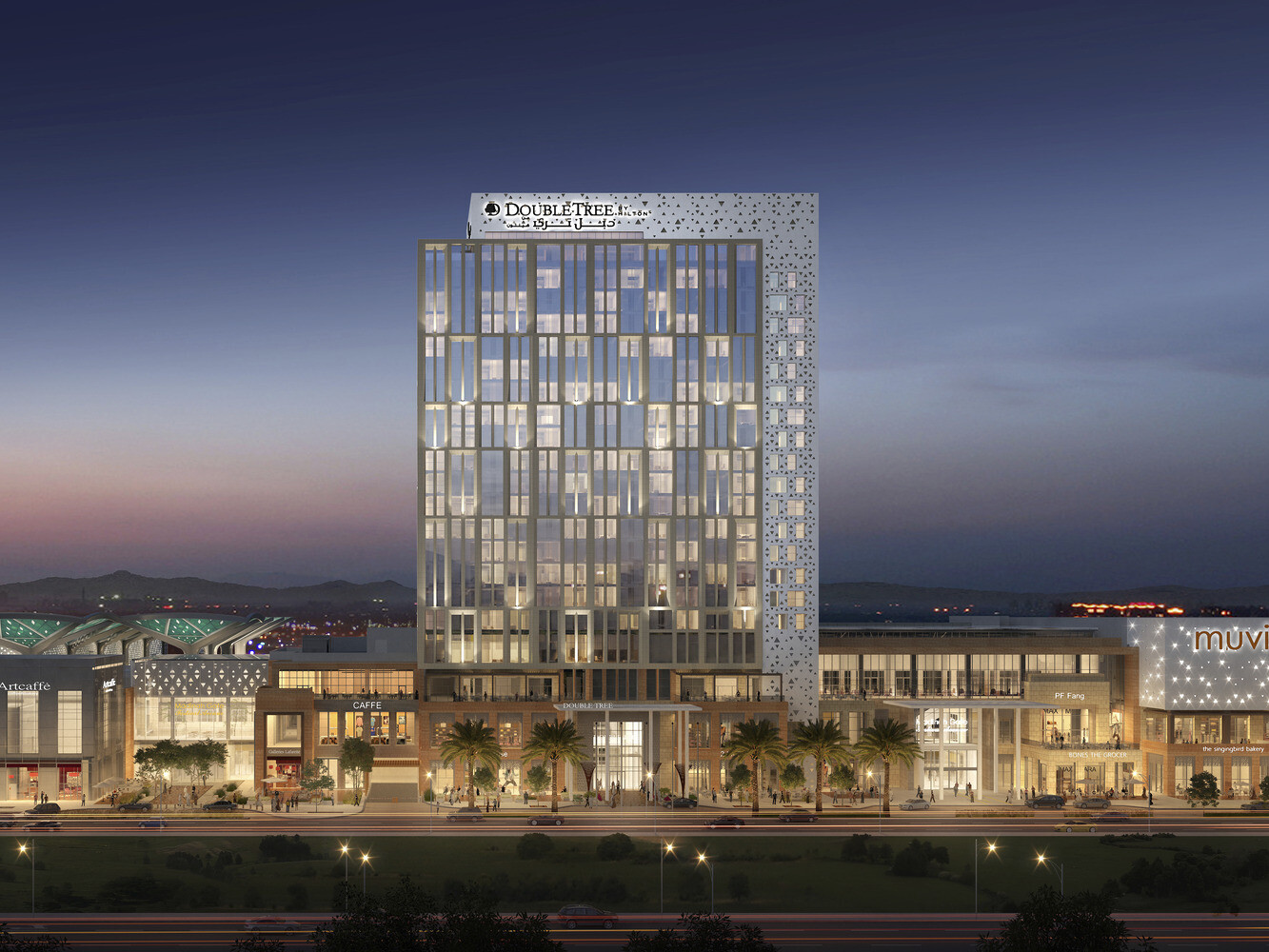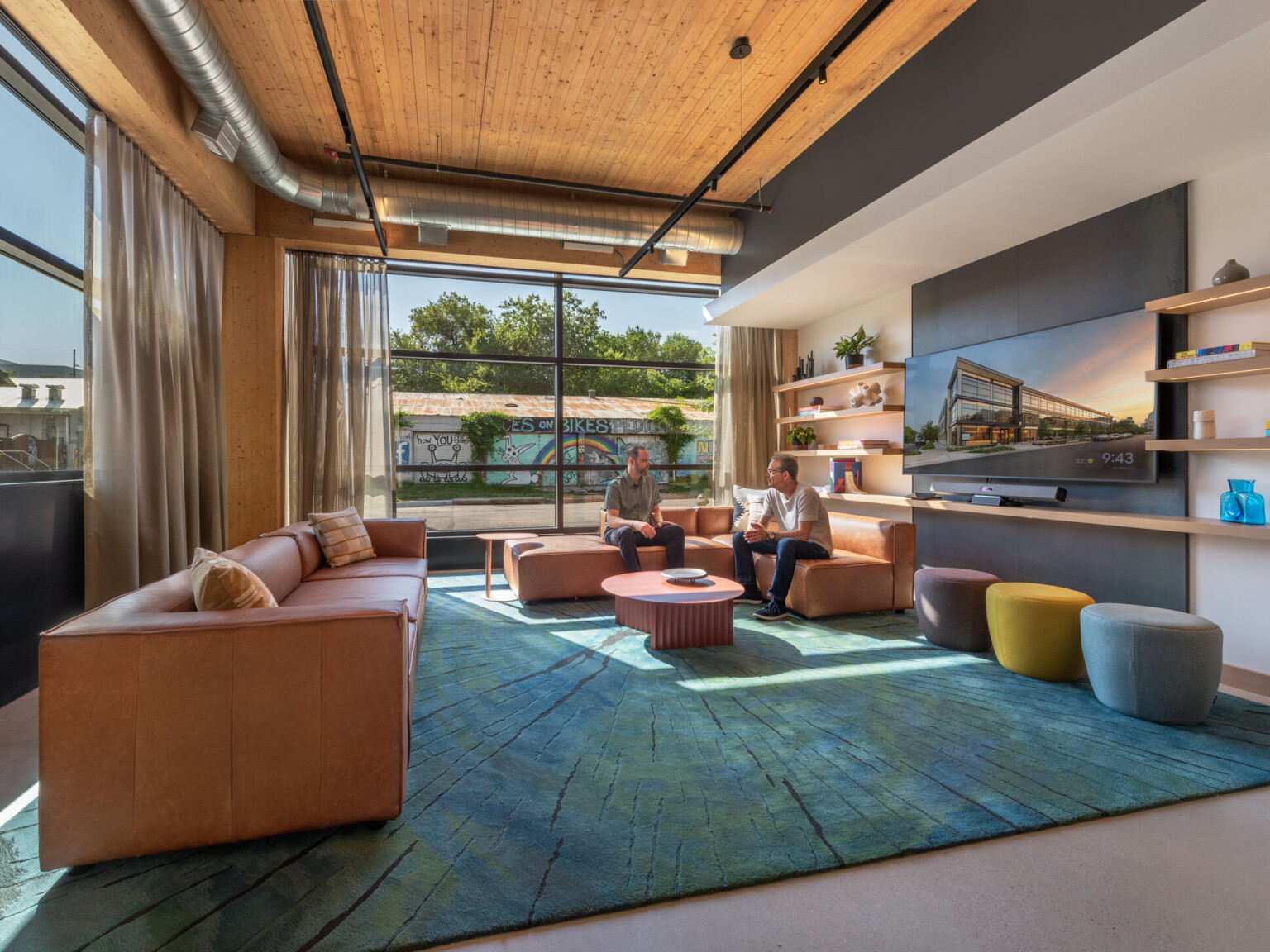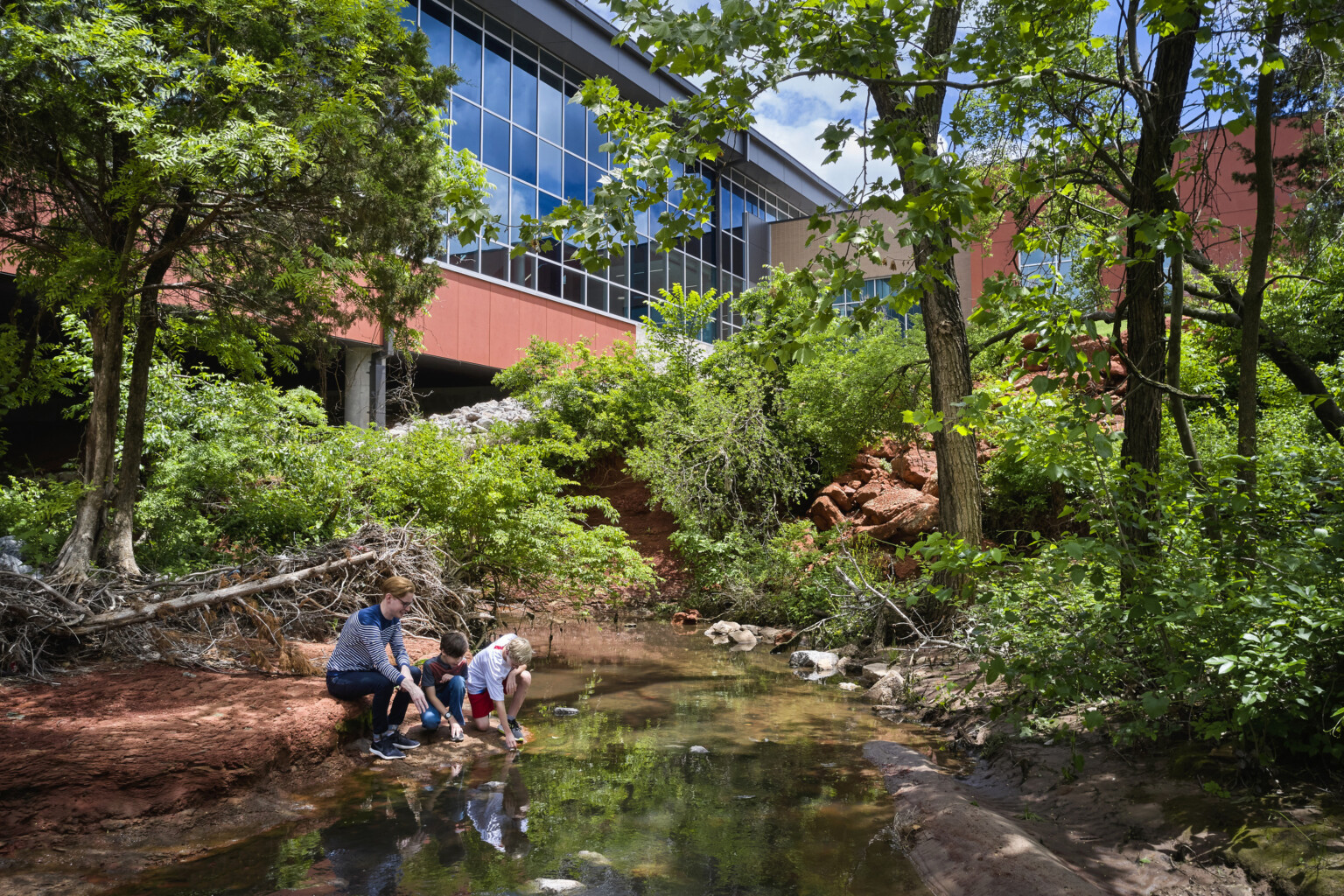
Outdoor Learning: Enhancing Student and Educator Well-Being
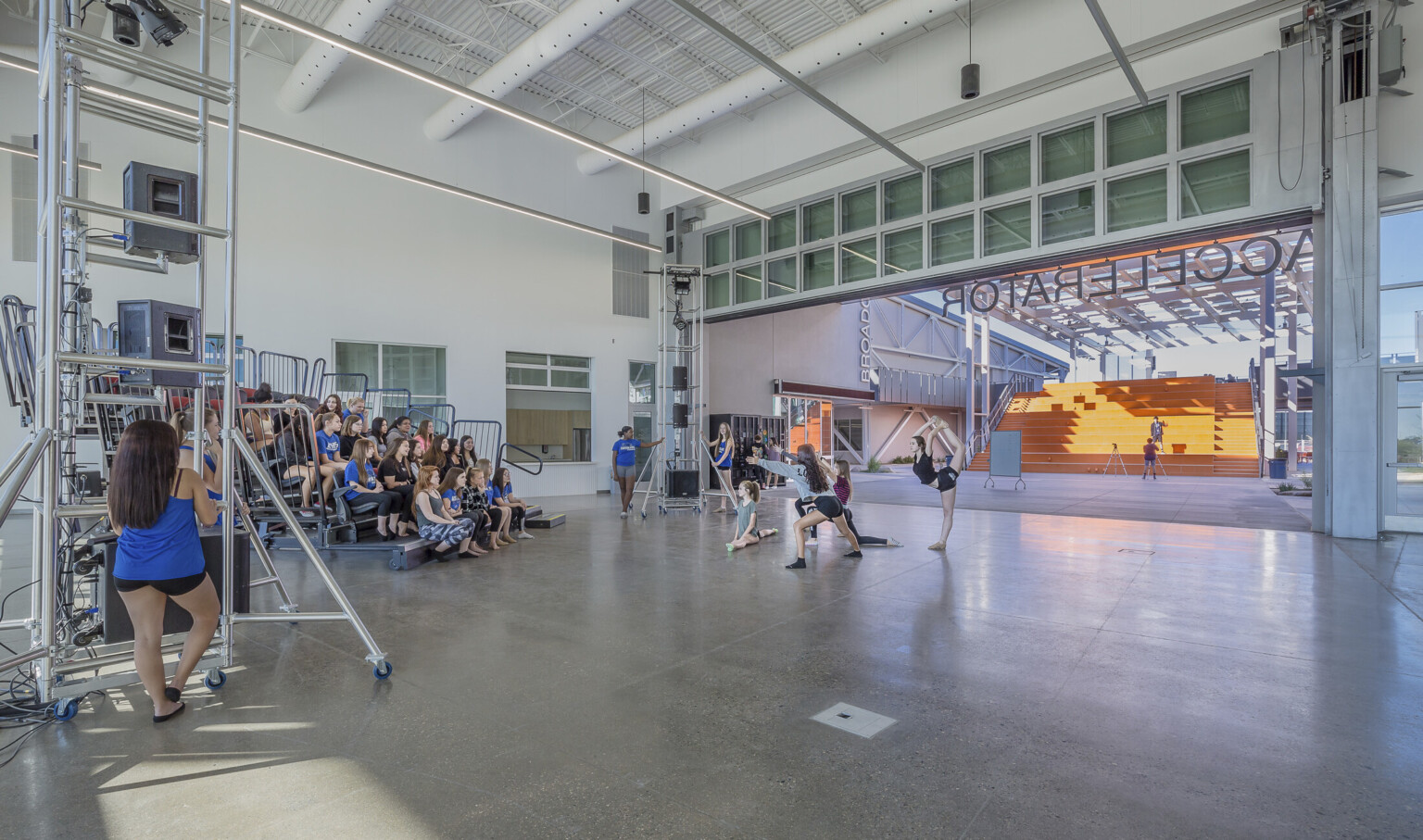
Canyon View High School – Waddell, Arizona
Canyon View High School features a uniquely sustainable – and teachable – design strategy. Recognized as the 2019 honoree of the A4LE James D. MacConnell Award, Canyon View High School is a 237,000-SF campus positioned to utilize all spaces as teachable spaces.
Our team used local climatic responses to design passive cooling and extend the comfort zone of outdoor spaces to increase programmable learning spaces. Sun angles, ambient temperature, radiant energy, air movement, and humidification from landscape are accounted for in creating usable outdoor learning spaces and 100% naturally lit, non-glare interior learning environments.
Our team used local climatic responses to design passive cooling and extend the comfort zone of outdoor spaces to increase programmable learning spaces. Sun angles, ambient temperature, radiant energy, air movement, and humidification from landscape are accounted for in creating usable outdoor learning spaces and 100% naturally lit, non-glare interior learning environments.
The adaptive comfort standard in the outdoor marketplace dubbed the Agora never exceeds 85 degrees operating temperature, even during extreme summer months in the Arizona desert. Outdoor education spaces are passively cooled, extending the anticipated number of days the building can function without utility power to over 180 days.
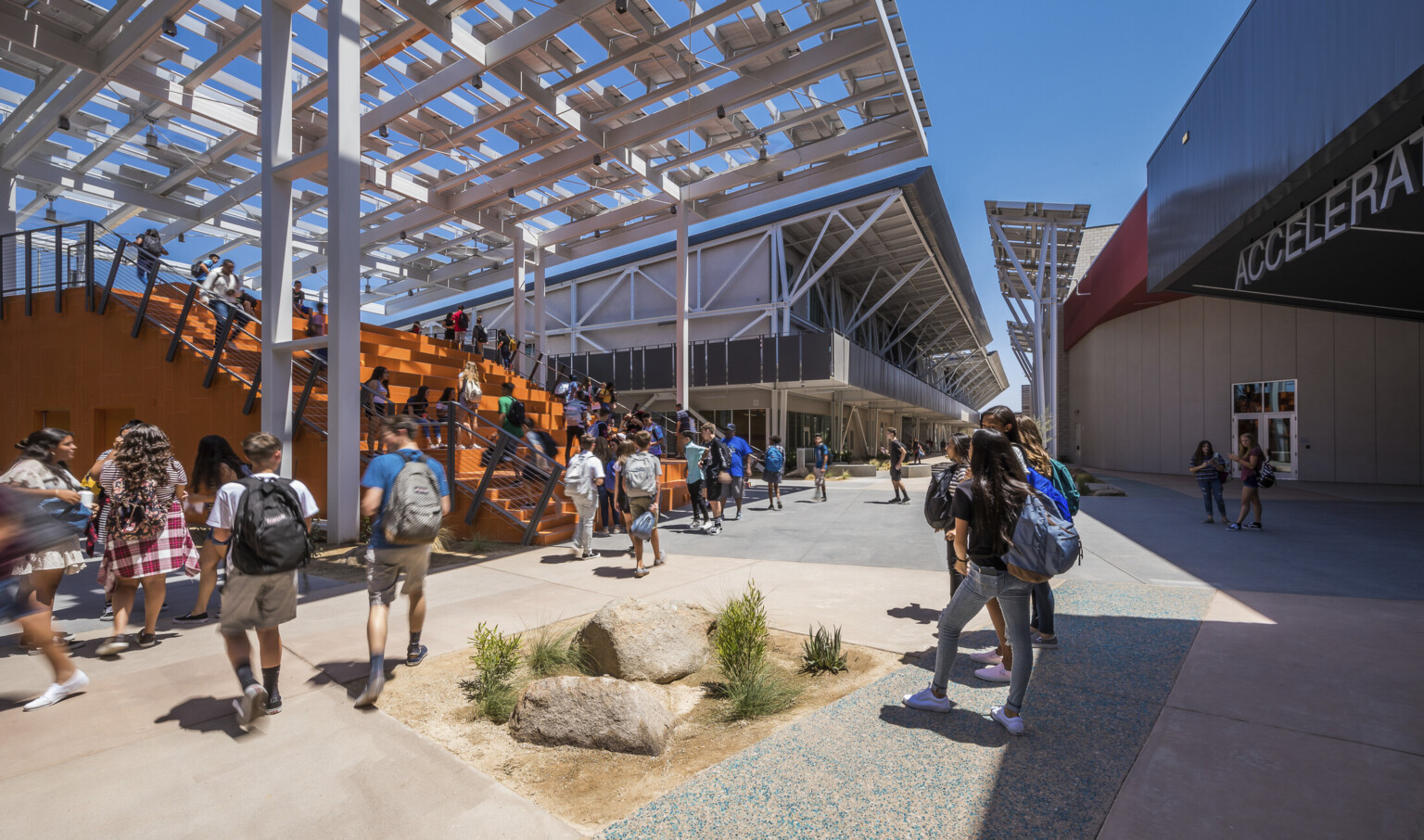
James L. Capps Middle School – Warr Acres, Oklahoma
Inspired by Henry David Thoreau’s words, “I took a walk in the woods and came out taller than the trees,” James L. Capps Middle School re-envisions a neighborhood park into a new, future-ready middle school.
An existing park with a creek that bisects the site offers outdoor learning opportunities. In the words of a 7th grade science teacher at James L. Capps Middle School, “We can’t build a better science classroom than the creek.”
According to educators, most learning that occurs beyond the learning neighborhoods happens in these outdoor spaces. To preserve as much of the natural environment as possible, the building is sited in portions of the park with the least amount of existing foliage, and at a point in the creek where a limited number of trees are impacted.
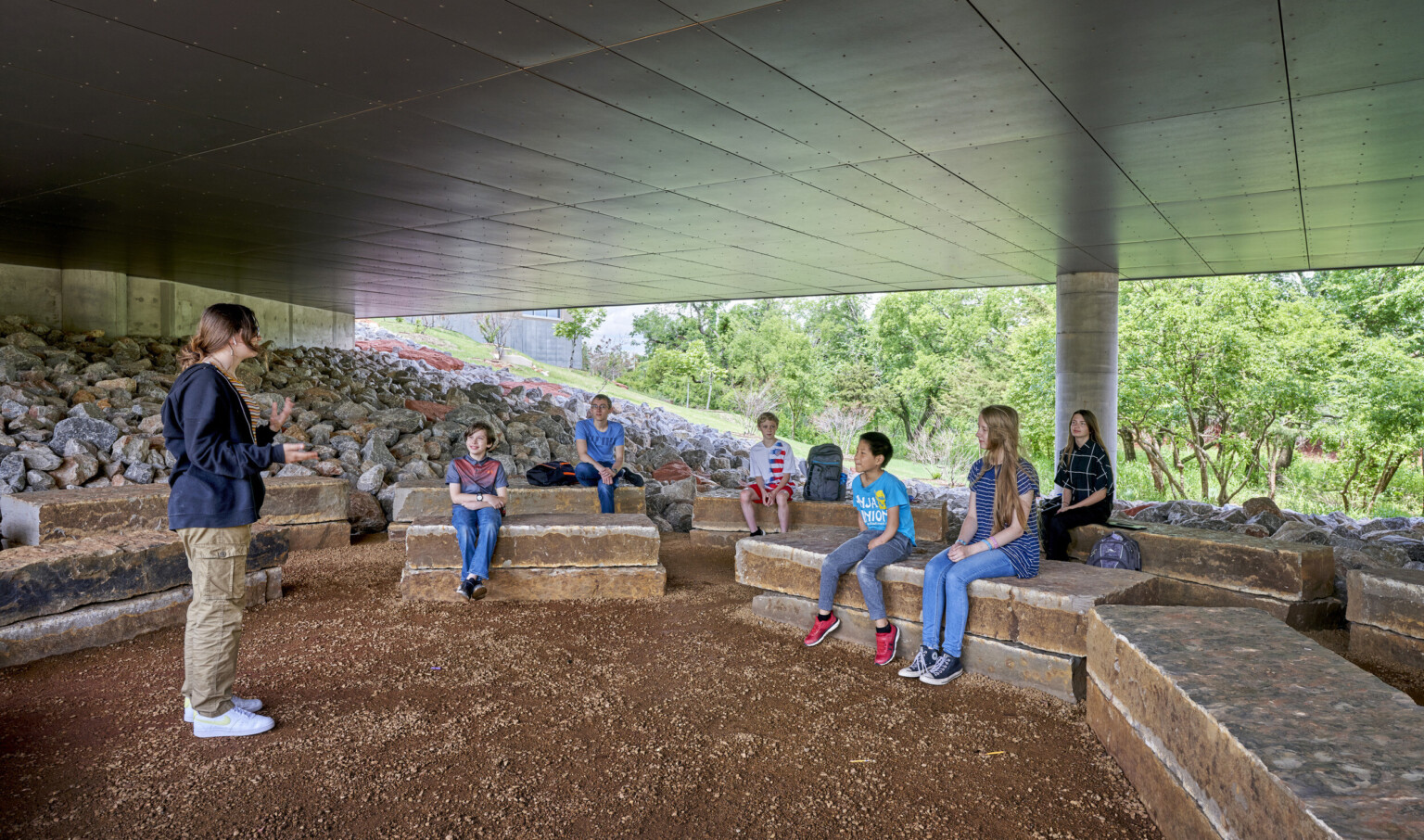
Culver City Amazon Playground – Culver City, California
Culver City Unified School District is changing the way its students experience outdoor play by creating a Play Hub; an outdoor learning space to support the Reggio Emilia inspired preschool program that provides children with multiple means of engagement with each other in nature, meeting their sensory needs. It is a pilot project for the outdoor learning revolution for equity in early childhood learning in Culver City. Our design for the 4,200-SF Play Hub supports equity by empowering early learners to explore the world around them through sensory experiences.
The project includes seven zoning areas for students to interact in, with the sensory portal serving as the main entrance to the Play Hub. The other six zones in the main play space focus on art, reading, STEM/tinkering, dirt digging, water and mud play, and gross motor skills.
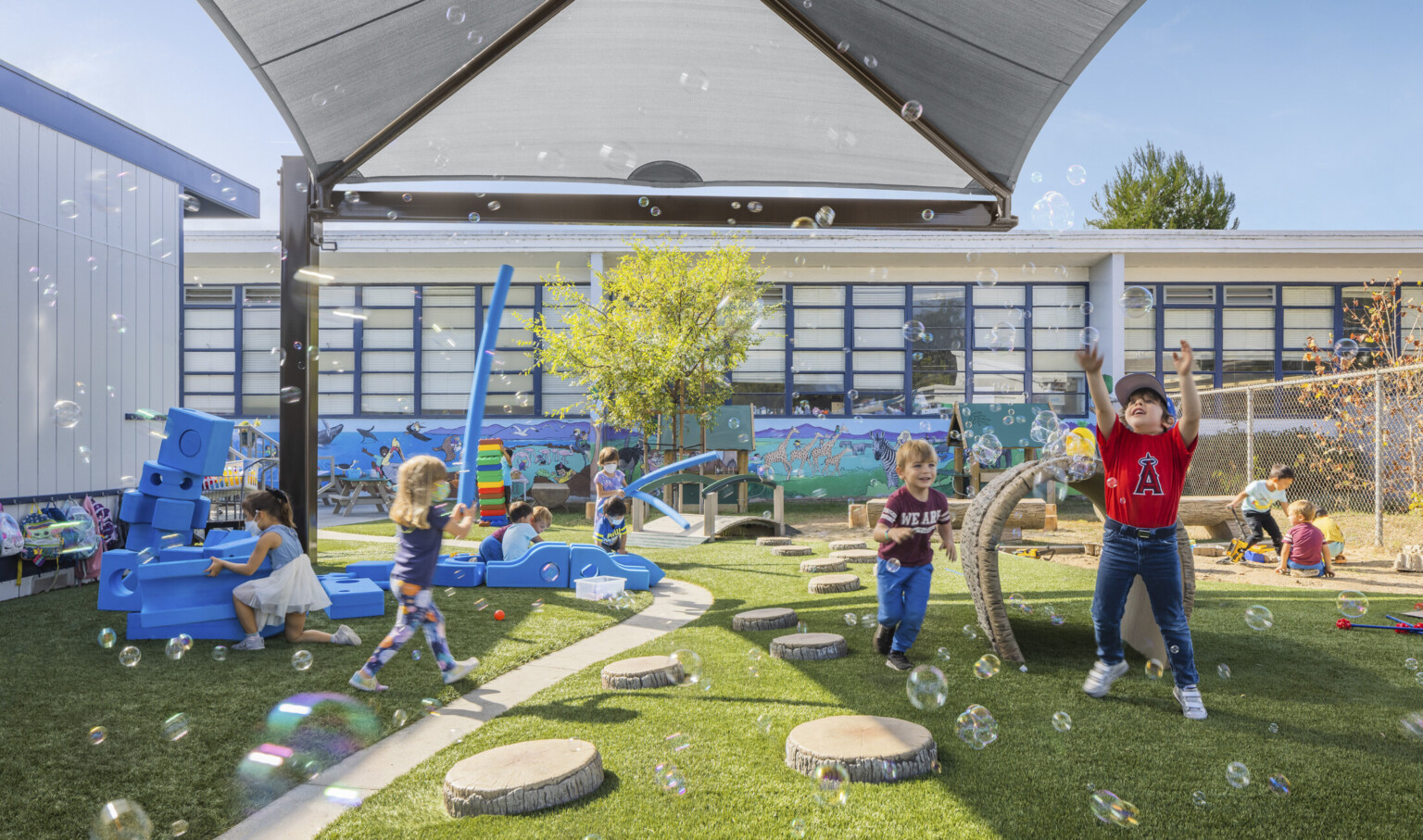
West Park High School – Roseville, California
West Park High School features specialty classrooms with glass walls and operable garage doors that extend the learning environment to the outdoors, creating additional teaching opportunities.
Included as an outdoor learning space is a natural wetland that existed on the property prior to construction. Integral to our design, the wetland is connected by a walkway from the school to enhance science and outdoor learning activities.
Outdoor elements are woven into the design, including the names of the buildings, which pay homage to notable natural features of northern California.
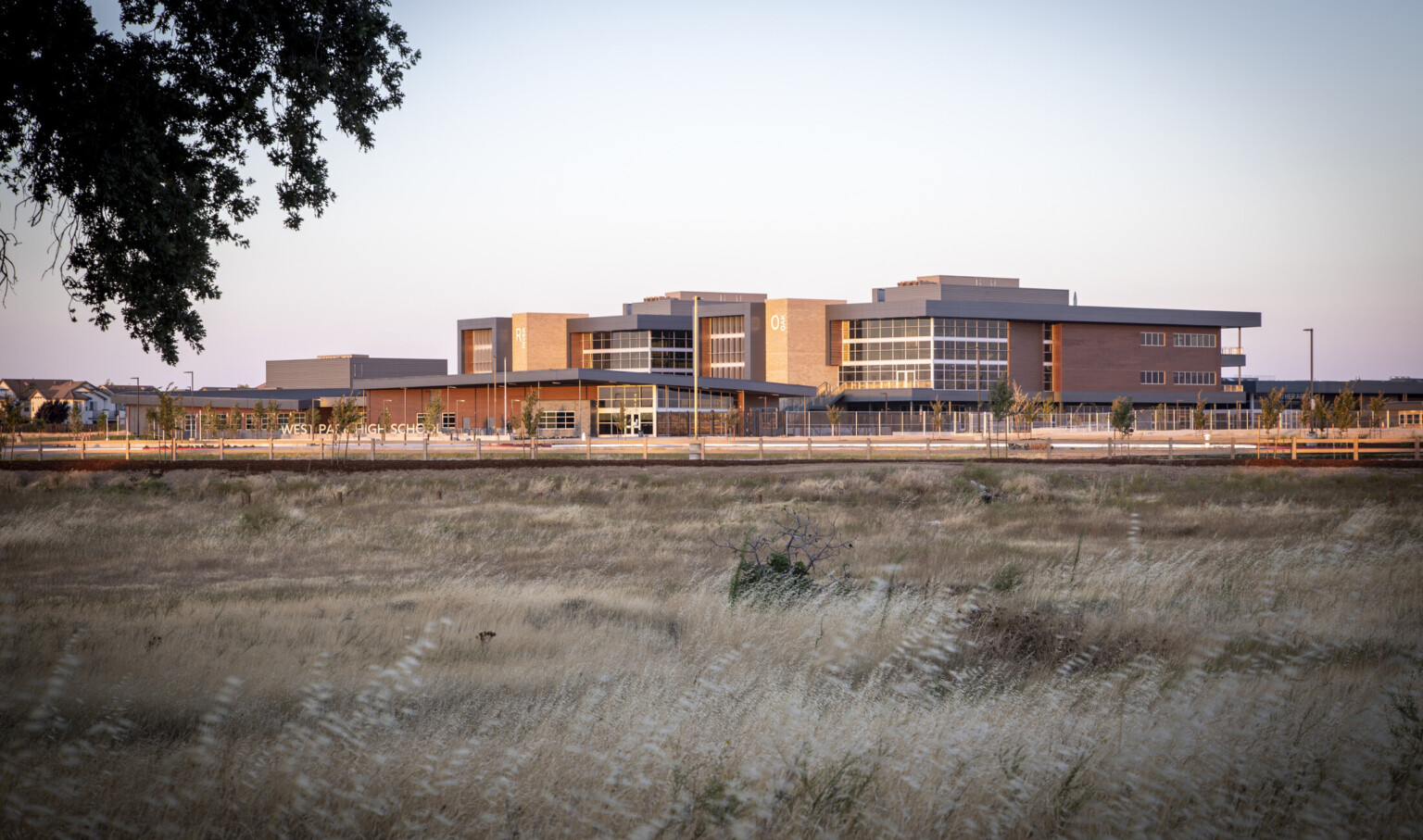
John Rogers Elementary School – Seattle, Washington
John Rogers Elementary School is a new, multi-story school of approximately 82,000 SF to house 500 students in grades PreK-5. The design is being guided by the district’s strategic plan, which prioritizes educational and racial equity. It also upholds the school’s comprehensive school improvement plan, district’s climate change, sustainability, and clean energy resolutions, policies, and vision.
To support these objectives, the new school will be the first net zero school for Seattle Public Schools. In addition to complying with education specifications, focus on safety and security, and contextual appropriateness of the surrounding neighborhood are driving the design process.
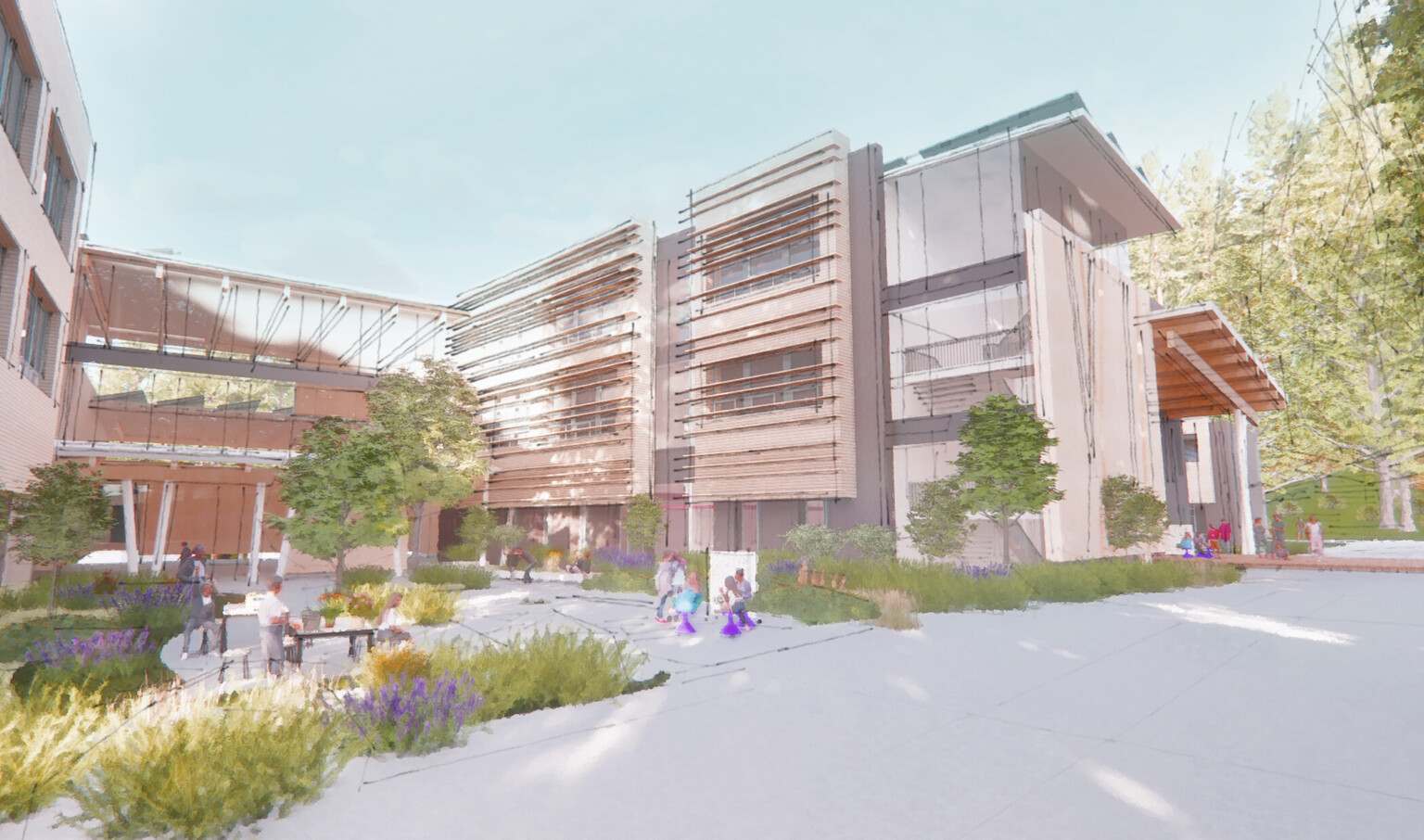
In the future, we’ll see more sophisticated approaches to outdoor learning environments, more variety, and more consideration for using it as a teaching tool. At DLR Group, we will continue to leverage every square inch to improve the learning experience and ultimately the well-being of the students and educators we serve. It’s our goal to further empower these individuals to tailor and differentiate their educational experience through our designs.
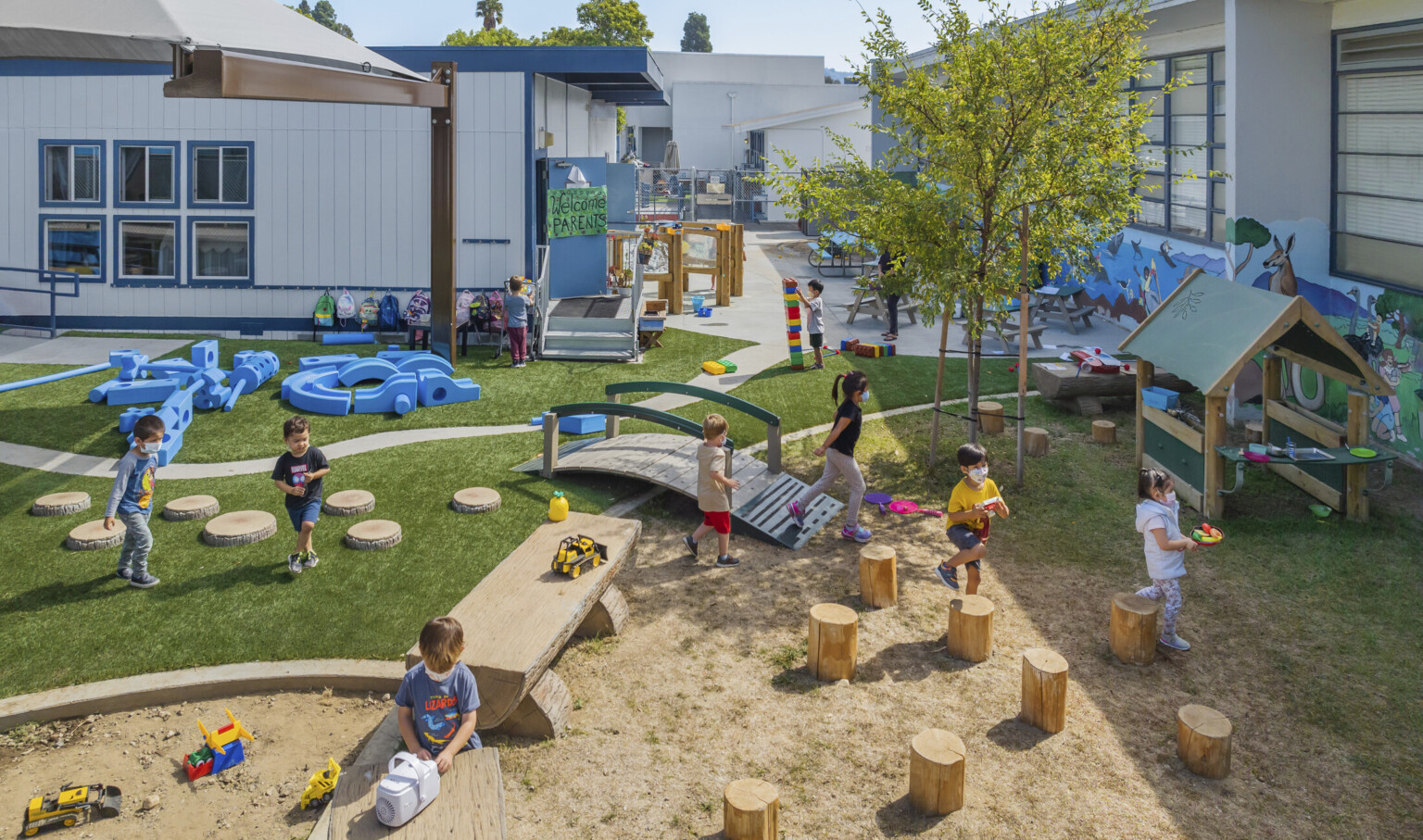
Explore more of the future of learning.
To receive ideas like this directly to your inbox, subscribe to our email list.

